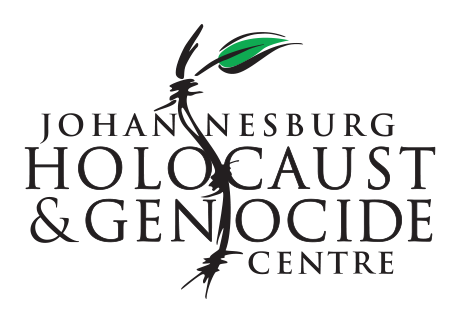80 Years After Aktion Reinhard: The Industrial Killing of European Jewry:
Resistance in Treblinka: The Tangible Witnesses
In the third programme of this series, resistance in Treblinka is examined. The systematic murder on the Treblinka extermination camp began in July 1942 with the arrival of the first transport from the Warsaw Ghetto. By the time the camp was dismantled, a little over a year later, roughly 900,000 people, the vast majority of whom were Jews, had been murdered there. The existing sources of information available demonstrate how difficult it is to paint a clear picture of what was happening in that terrible place of mass killing. Whether these sources date back to the time the events took place, or were later sources, we can witness the many influences affecting them.
Dr. Tamir Hod will present examples of the gaps between memory and history when it comes to the Treblinka extermination camp. This introductory lecture will explain the importance of combining research from different fields, such as archeology and history, in order to try to grasp the impossible.
Professor Caroline Sturdy Colls will discuss the tangible and intangible evidence of resistance at Treblinka, derived from her archaeological and historical investigations since 2007. As well as addressing the material traces of resistance at the infamous extermination camp (Treblinka II), she will also consider the lesser-known role of the inmates and guards from Treblinka labour camp (Treblinka I) in resistance activities.
The program will conclude with a virtual tour given by Yaron Tzur of the Treblinka model that is located at the Ghetto Fighters’ House. This model, serving as post-war tangible evidence, was built by Yaakov Wiernik who was one of the survivors of the Treblinka and the uprising in August, 1943.
Registration link: https://us06web.zoom.us/webinar/register/WN_byLpgDYvRI6YulHGzZCX2Q

